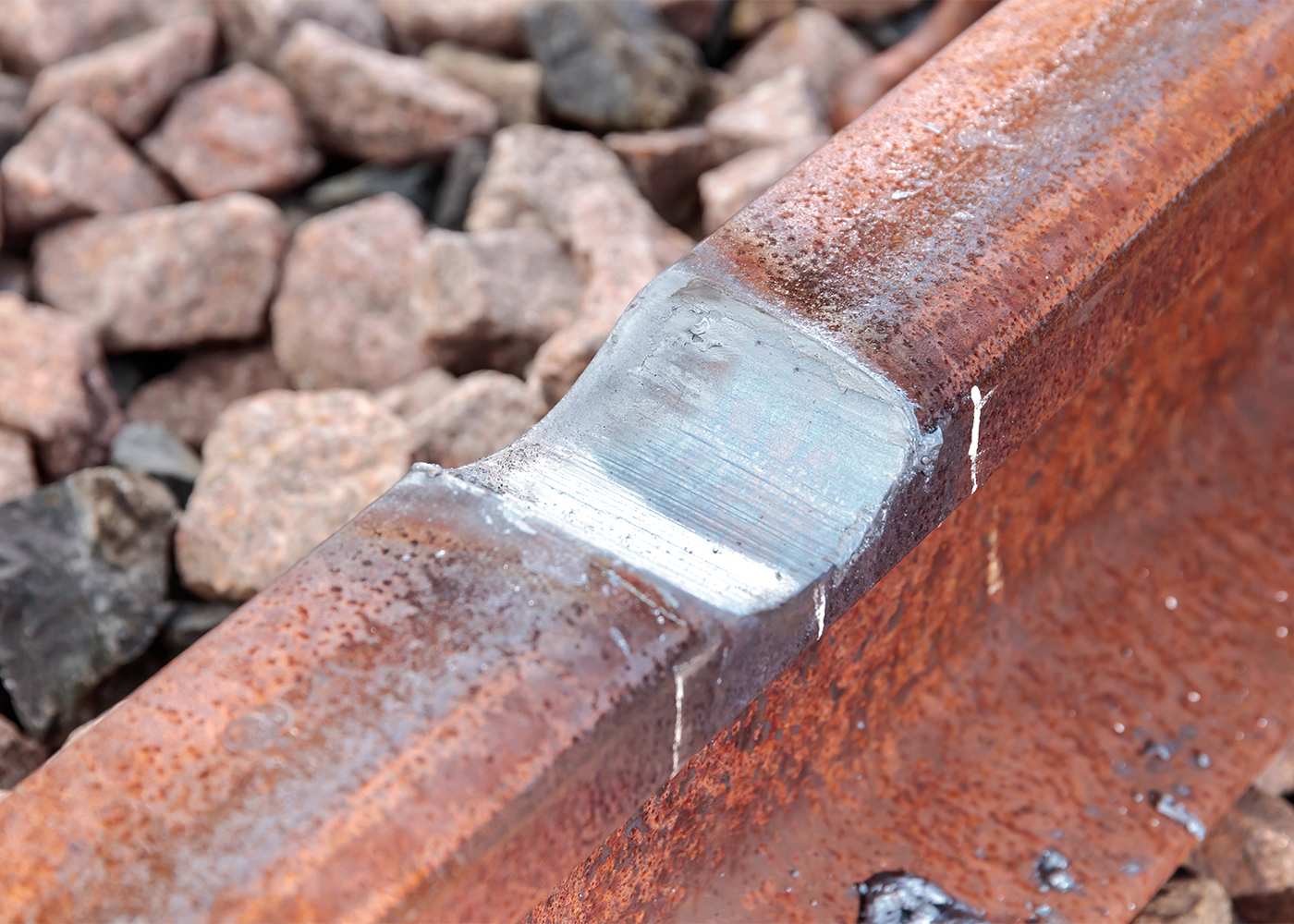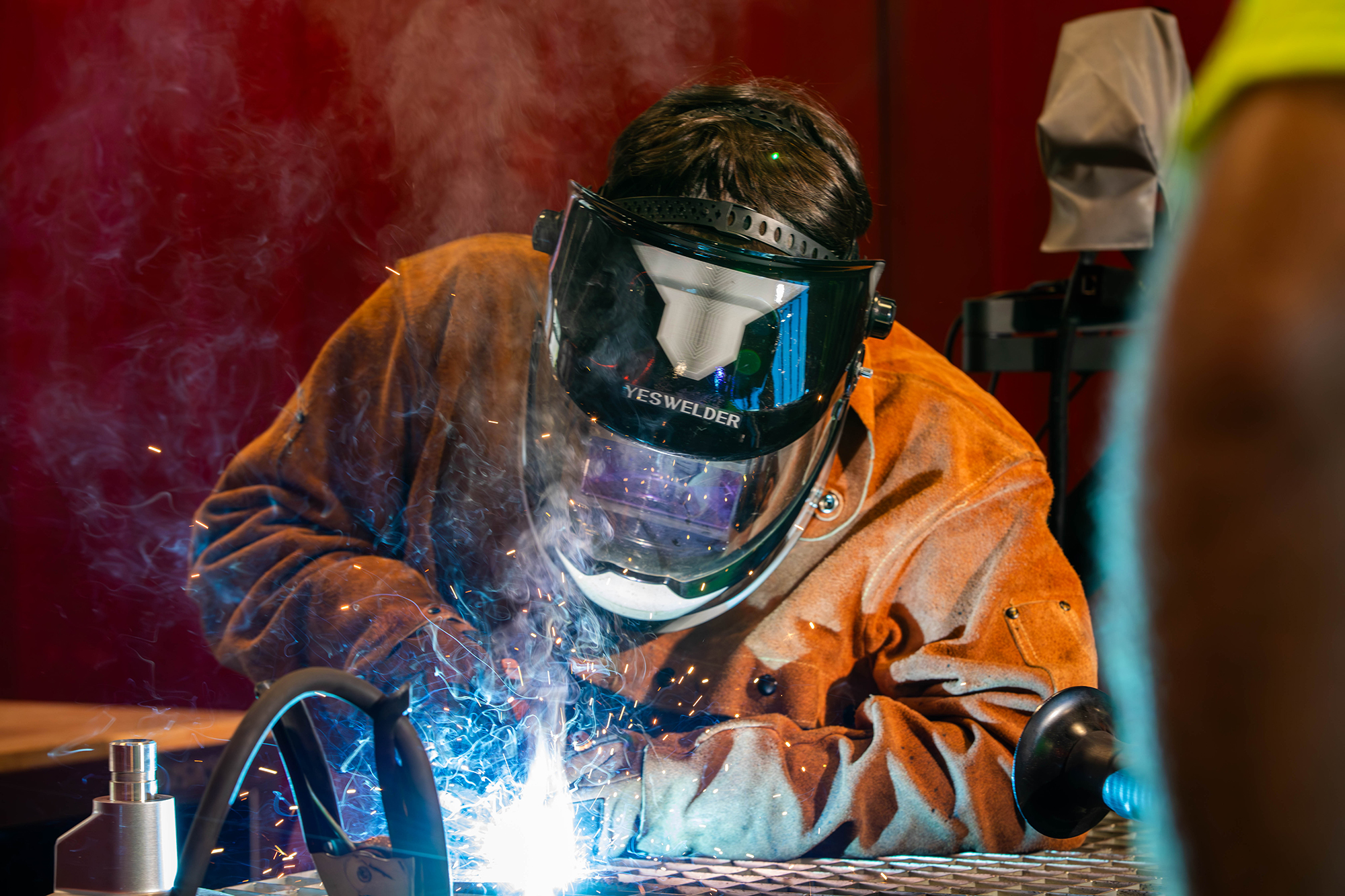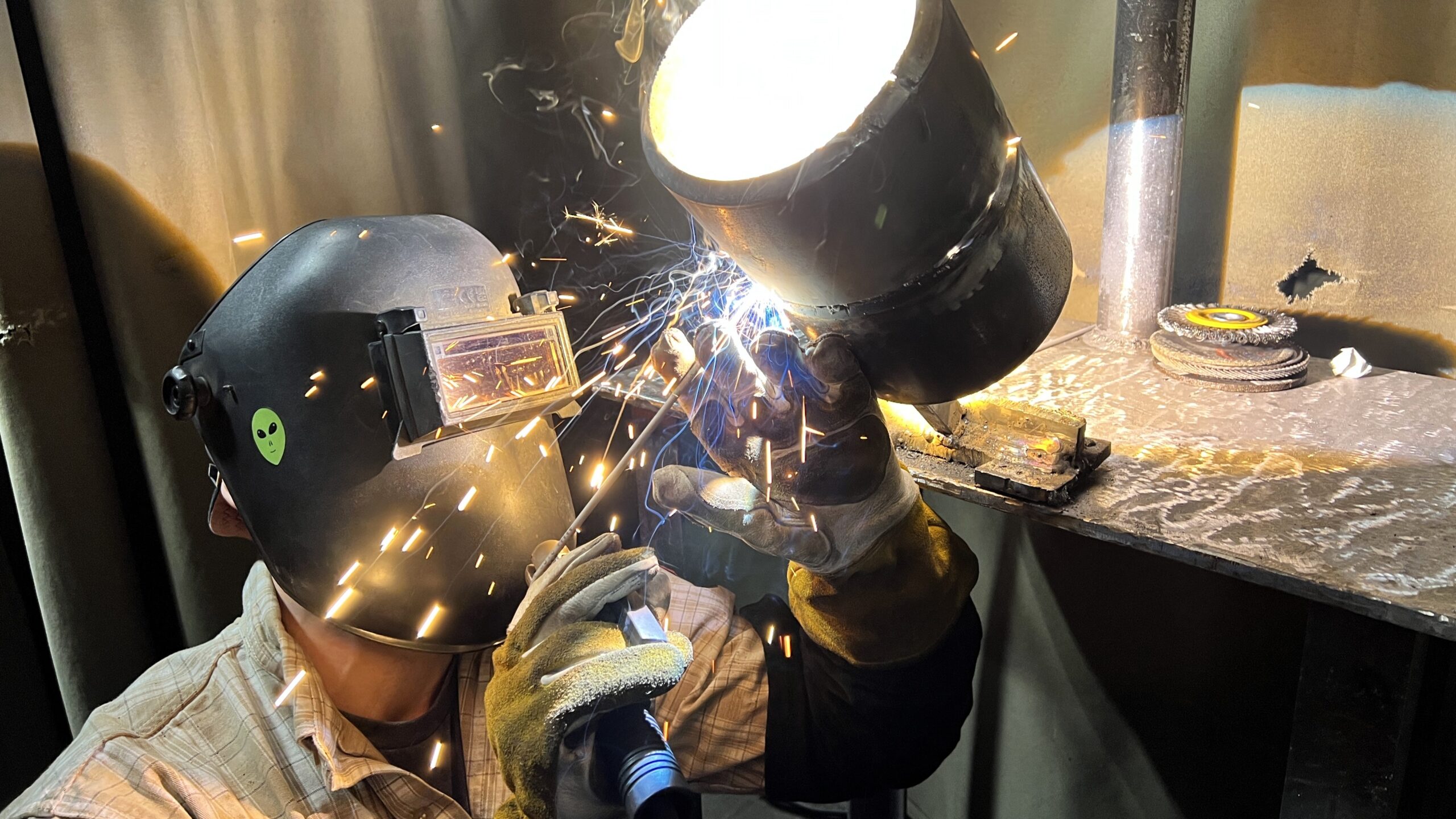Usual Welding Repair Issues and Just How to Address Them Effectively
Welding repairs commonly experience a series of concerns that can endanger the honesty of the end product. Usual issues include inadequate infiltration, porosity, and misalignment, to name a few. Each problem provides unique difficulties that need particular methods for resolution. Recognizing these concerns is crucial for welders intending to improve their skills and outcomes. This discussion will check out these typical welding repair work issues and efficient approaches to address them.
Poor Penetration
Insufficient penetration occurs when the weld metal falls short to fully fuse with the base product, resulting in weak joints and potential architectural failings. This problem usually originates from insufficient heat input, incorrect electrode angle, or incorrect welding rate. Welders may experience poor infiltration as a result of a mistake of the needed parameters for a certain material thickness or kind. Furthermore, contamination on the base material's surface can hinder reliable bonding, aggravating the issue. To address inadequate penetration, welders must ensure suitable setups on their devices and preserve a tidy job surface. Regular examination of welds is suggested to identify any type of deficiencies early, permitting for timely improvements and the avoidance of endangered architectural stability in bonded settings up.
Porosity
Porosity is a common defect in bonded joints that shows up as little gas bubbles entraped within the weld steel. This issue can compromise the integrity of the weld, resulting in lowered toughness and prospective failing under anxiety. Belgrade Fabrication. Porosity generally develops from contamination, wetness, or inappropriate welding strategies, which permit gases to get away into the liquified weld swimming pool. To resolve porosity, welders ought to assure appropriate surface preparation, maintain a tidy functioning atmosphere, and utilize ideal welding parameters. Furthermore, choosing the best filler material and shielding gas can mitigate gas entrapment. Normal inspection and screening of welds can assist identify porosity early, assuring prompt corrective actions are taken, consequently maintaining the high quality and reliability of the welded structure
Imbalance
Imbalance in welding can emerge from various elements, consisting of inappropriate setup and thermal expansion. Understanding the root creates is vital for reliable resolution. Several modification techniques are offered to realign components and guarantee structural honesty.
Reasons for Imbalance
Welding imbalance frequently originates from a variety of underlying issues that can jeopardize architectural integrity. One primary cause is improper fit-up of parts before welding, which can bring about spaces and unequal surfaces. Variations in thermal growth during the welding process can likewise lead to distortion, particularly if the products being joined have various coefficients of development. Additionally, inadequate fixturing and clamping might stop working to hold elements firmly in place, leading to activity throughout welding. Inadequately conserved tools, consisting of welding equipments and tools, might present disparities in the weld grain, more adding to imbalance. Driver mistake, stemming from not enough training or experience, can likewise play a significant role in developing misaligned welds.

Improvement Techniques Readily Available
Addressing misalignment efficiently needs a mix of corrective methods tailored to the specific concerns available. One usual approach is making use of components or jigs to hold components in the proper position throughout welding, making sure constant alignment. Additionally, preheating the materials can help in reducing distortion and improve fit-up. For substantial imbalance, mechanical adjustment techniques, such as making use of hydraulic jacks or clamps, can be employed to remedy the placement prior to welding. Post-weld heat treatment may additionally be required to soothe tensions brought on by imbalance. Careful inspection and modification during the setup stage can protect against imbalance issues from ending up being considerable troubles, promoting a smoother welding procedure and improving overall structural integrity.
Distortion
Distortion is a typical challenge in welding that can emerge from numerous elements, including unequal heating & cooling. Recognizing the sources of distortion is necessary for executing effective prevention methods. Resolving this problem not just boosts structural integrity however likewise enhances the total quality of the weld.
Root causes of Distortion
When based on the extreme warm of welding, products often go through modifications that can cause distortion. This phenomenon primarily develops from thermal growth and tightening during the welding process. As the weld location warms up, the material increases; upon air conditioning, it contracts, which can develop inner tensions. Additionally, uneven heating across a workpiece can aggravate these stress and anxieties, causing warping or bending. The kind of product likewise plays a significant duty; steels with varying thermal conductivity and coefficients of growth may react in different ways, causing unpredictable distortions. Bad joint layout and inadequate fixturing can add to misalignment throughout welding, increasing the possibility of distortion. Recognizing these reasons is necessary for efficient welding fixing and prevention methods.
Prevention Techniques
Effective avoidance strategies for distortion throughout welding concentrate on regulating heat input and making sure proper joint style. Preserving a consistent heat input assists to minimize thermal expansion and tightening, which can lead to distortion. Making use of techniques such as preheating Look At This the work surface can additionally minimize the temperature slope, promoting uniform home heating. Additionally, selecting ideal joint designs, such as T-joints or lap joints, can boost stability and minimize tension focus. Implementing appropriate fixturing to safeguard the work surfaces in position additionally aids in keeping positioning throughout the welding procedure. Staggered welding series can disperse heat a lot more evenly, stopping localized distortion. By using these strategies, welders can substantially decrease the possibility of distortion and boost the overall quality of their welds.
Breaking
Cracking is a common issue come across in welding repairs, commonly resulting from various factors such as improper cooling prices, material selection, or poor joint preparation. The incident of cracks can considerably jeopardize the stability of the weld, resulting in potential failings during procedure. To resolve this issue, welders should initially evaluate the origin, guaranteeing that products work and suitably chosen for the particular application. Additionally, controlling the cooling price throughout the welding process is crucial; quick cooling can cause stress and bring about cracking. Proper joint style and preparation also add to reducing the risk. Implementing these methods can boost weld quality and longevity, ultimately minimizing the likelihood of splitting in completed weldments.

Insufficient Combination
A significant issue in welding repair work is insufficient fusion, which happens when the weld metal does not effectively bond with the base material or previous weld passes - Welding. This defect can bring about weak points in the joint, potentially jeopardizing the integrity of the bonded framework. Elements adding to insufficient blend consist of inadequate heat input, inappropriate welding method, and contamination of the surface areas being joined. To address this problem effectively, welders need to guarantee correct pre-weld cleaning and surface preparation, in addition to change their welding criteria to achieve appropriate infiltration and fusion. Normal inspection throughout the welding procedure can additionally aid determine incomplete fusion early, allowing for prompt corrective steps to enhance the total high quality of the weld
Overheating
While welding repairs can enhance architectural integrity, overheating provides a considerable obstacle that can lead to product deterioration. Extreme warm throughout welding can modify the mechanical residential properties of metals, leading to lowered toughness, enhanced brittleness, and bending. This sensation is specifically important in high-stress applications where structural reliability is vital. Identifying getting too hot can entail visual inspections for staining or distortion, as well as monitoring temperature level throughout the welding procedure. great post to read To mitigate the dangers connected with overheating, welders need to employ proper strategies, such as controlling warm input, adjusting traveling speed, and utilizing appropriate filler products. In addition, applying pre- and post-weld warm treatments can aid restore material buildings and enhance the total quality of the fixing, making certain lasting performance and safety and security.
Often Asked Questions
What Are the Common Signs of a Welding Flaw?

How Can I Test My Welds for Quality?
To test welds for high quality, one can utilize aesthetic evaluations, ultrasonic screening, and radiographic approaches. Each strategy ensures architectural stability, determines flaws, and validates adherence to defined requirements, eventually enhancing the integrity of the welded joints.
What Security Precautions Should I Take While Welding?
When welding, one ought to prioritize security by using ideal individual protective devices, ensuring correct air flow, securing combustible materials away, preserving a tidy work area, and knowing environments to prevent injuries and mishaps.
Can I Fix a Weld Without Redoing the Entire Joint?
Repairing a weld without remodeling the entire joint is feasible, depending on the damages (Montana Mobile Welding and Repair Belgrade Fabrication). Strategies such as grinding, adding filler product, or making use of a welding process can efficiently attend to certain defects while maintaining the surrounding framework
What Tools Are Crucial for Effective Welding Repair Works?
Essential devices for efficient welding fixings include a welding you could try here maker, cable brush, grinder, safety equipment, clamps, and filler products. Each tool plays an important function in making certain quality and security during the repair service procedure. Porosity normally occurs from contamination, moisture, or incorrect welding methods, which enable gases to get away into the molten weld pool. Improperly maintained equipment, including welding makers and devices, may present disparities in the weld bead, further contributing to misalignment. When subjected to the intense warmth of welding, products commonly undertake changes that can lead to distortion. Fracturing is a common issue run into in welding repair work, typically resulting from different aspects such as improper air conditioning prices, product selection, or insufficient joint preparation. A substantial issue in welding fixings is insufficient fusion, which happens when the weld steel does not appropriately bond with the base material or previous weld passes.